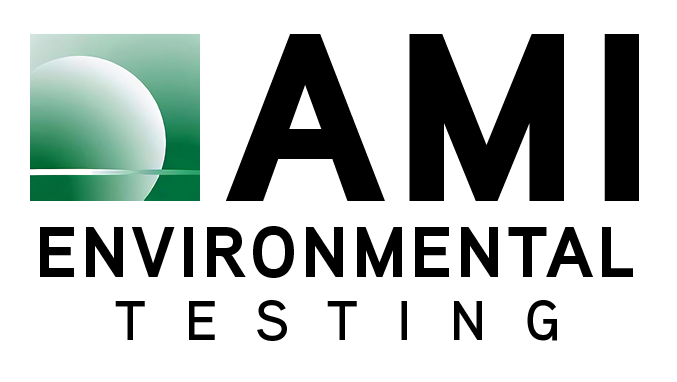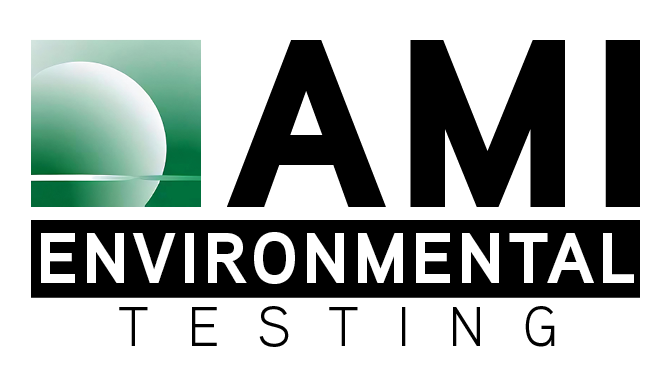Per- and polyfluoroalkyl substances (PFAS) are a group of man-made chemicals that have been widely used in various industrial and consumer products due to their water and oil-resistance properties. As a result, PFAS contamination can be found in numerous locations globally, but certain areas are known to have higher levels of PFAS due to specific sources of contamination.
Per- and polyfluoroalkyl substances (PFAS) contamination is notably prevalent in regions characterized by historical industrial and military activities. Military bases, particularly those with firefighting training facilities, are often associated with significant PFAS contamination due to the use of firefighting foams containing PFAS. Airports, where similar foams were employed for emergency response, also face heightened levels of contamination. Industrial areas, such as manufacturing sites and chemical plants, are additional sources due to the use and disposal of PFAS-containing materials.
Furthermore, landfills that received waste from industries or municipalities where PFAS products were used can contaminate groundwater and soil. Agricultural areas are not exempt; PFAS can infiltrate through the use of biosolids and sewage sludge as fertilizers. Even drinking water supplies are at risk, as PFAS can migrate through soil and groundwater, affecting wells and public water systems. Given their persistence and potential health risks, robust monitoring and remediation efforts are imperative to curb PFAS contamination and safeguard both environmental integrity and public health.



